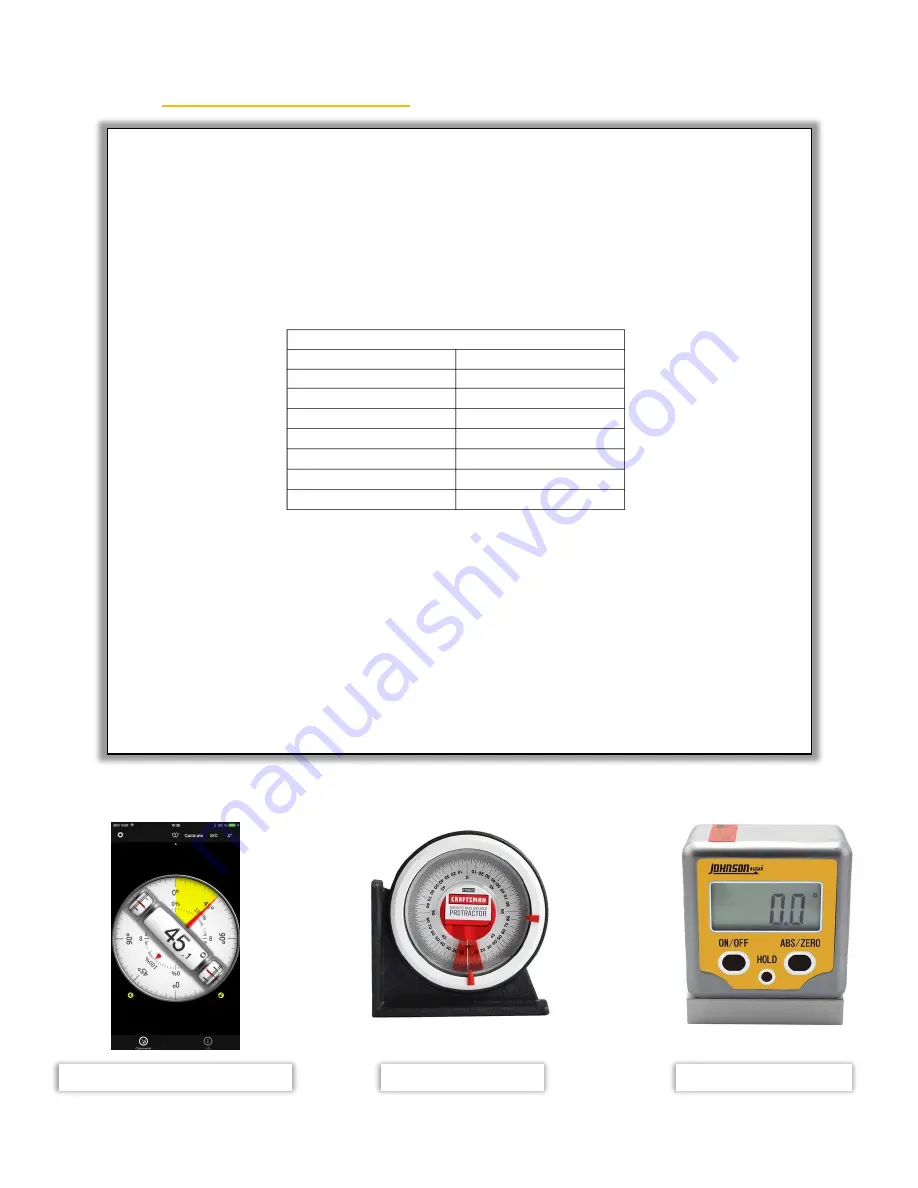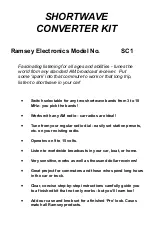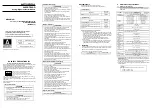
17
Your last assembly step is to set the Elevation of the array. The optimum year-round
tilt angle for a solar array is determined by your latitude North of the equator. You can
find your latitude in a multitude of different ways.
1. A GPS or Smart-Phone App
2. Google Earth
3. Almost any mapping site like Google Maps, Bing Maps, MapQuest, etc.
4. The map on the following page will give you a rough idea.
Latitudes for various cities in the U.S.
City
Latitude North
Minneapolis, MN
44
Des Moines, IA
41
Tulsa, OK
36
Chattanooga, TN
35
Dallas, TX
32
Cuero, TX
29
Orlando, FL
28
Although accuracy is nice, please keep in mind that if you are off by 5-10
, it will not be the
end of the world. In fact, it will likely be barely noticeable.
Once you’ve determined what angle you’d like to set your array to, it’s time to tilt it up.
1. Loosen the 4 Brace Arm Bracket bolts on the bottom of the Strong-Back.
2. Tilt the array to your desired Elevation.
3. Securely tighten the Brace Arm Bracket bolts
4. Securely tighten the hardware on the Upper & Lower end of the Brace Arm.
5.
Securely tighten the large Main Pivot Bolt. The “ears” on either side of the
Strong-Back should clamp tightly against the side of the Strong-Back.
Usually Free Smart Phone App
Generally, $10 or Less
Range from $35 to $125
14.
Setting Array Elevation
There are a variety of ways to measure the angle of your array, most of which are very
inexpensive and some are free.



































